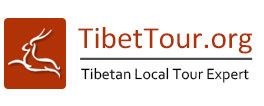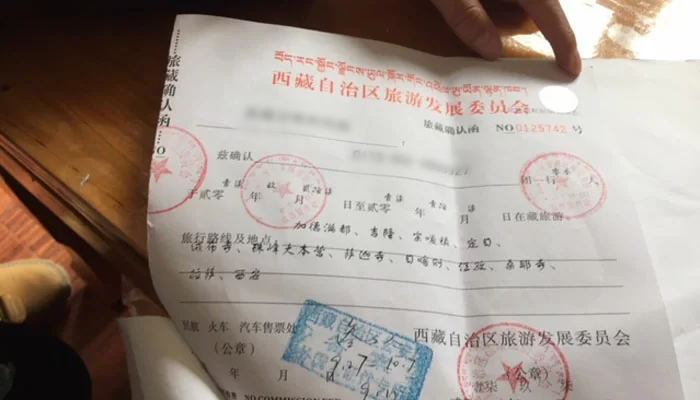In the morning, you will set off towards Mount Everest after breakfast. Beginning with the Gyatsola Pass (5280m), the viewpoint offers your first glimpse of Mount Everest. Veiled within the mountain range, Everest resembles a budding lotus flower, a captivating sight along the roadside.
Continuing into Mount Everest National Nature Reserve, the Gawula Pass (5198m) presents a panoramic view of the Himalayas. Here, you will see the breathtaking lineup of the five world's highest peaks in the Himalayan range, all towering above 8000 meters. This is your second glimpse of Mount Everest.
Then traverse the new winding road toward Everest Base Camp (5200m), each turn reveals a closer perspective of the majestic Everest, gradually unfolding before you. This marks your third view of the Everest.
Upon arrival at Everest Base Camp, the huge white pyramid peak stands tall before you. As dusk approaches, the setting sun casts warm golden hues upon Everest's northern face—your fourth view.
As night descends, the glistening Milky Way alongside the snow-white peak of Mount Everest offers your fifth and final encounter with the majestic peak.
Stay overnight at Everest Base Camp or in the nearby village if the EBC tent hotels close during the winter season.
Warm Tips:
1. Everest Base Camp sits at an altitude of 5200 meters, and it's common to experience headaches and difficulty sleeping at night due to altitude. This is a normal occurrence, so there's no need to panic. Continue to take it slow, relax, and savor the beauty of Everest. The symptoms will gradually ease.
2. The visibility of Mount Everest depends on weather conditions and cannot be assured.
3. From November to March, the tent hotels at Everest Base Camp usually close. Hence, if you're traveling during this period, your accommodation choices are restricted to the nearby village near EBC.



























.jpg)


























